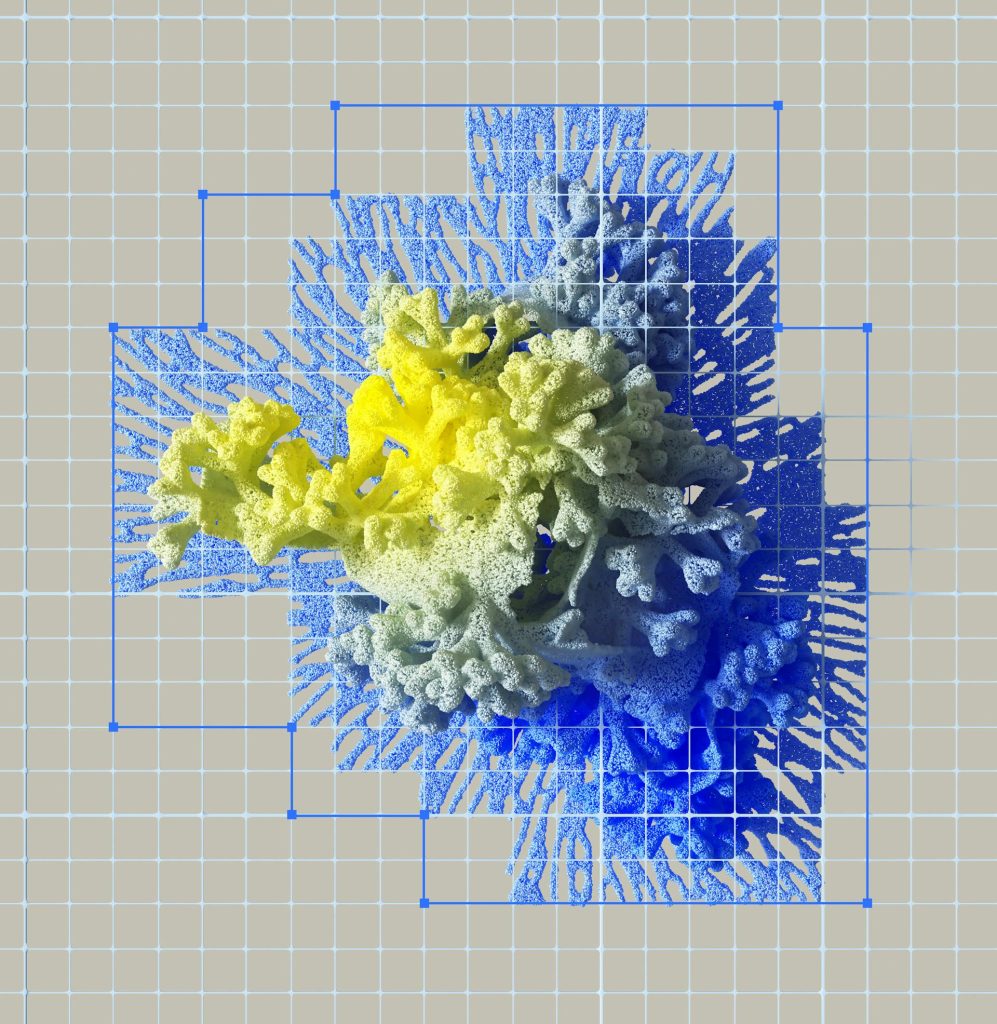Artificial intelligence can now make discoveries 10 times faster than humans. But if people can’t understand those discoveries 10 times faster, the bottleneck just shifts.
Someone still has to understand the discovery, validate it, communicate it, secure funding, get it peer-reviewed, and build on it. All of those steps require human comprehension. And human brains don’t read 10 times faster just because AI got smarter.
This is the AI comprehension crisis. And until this week, nobody had solved it.
Table of Contents
TogglePartnering With Leading Life Science Platforms
As part of its launch, Anthropic announced partnerships with several life science platforms, but one in particular stands out: BioRender, the leading platform for visual scientific communication.
BioRender is how scientists visually communicate their discoveries. When they need to show how a drug binds to a receptor or what happens inside a mitochondrion, they can’t just write it—they also need to show it.
For years, researchers either spent hours struggling with Adobe Illustrator or paid medical illustrators thousands of dollars, waiting days or even weeks for results.
Today, BioRender gives these same researchers more than 50,000 scientifically accurate icons and templates that snap together like Lego blocks. The company has more than 4 million users, including all the top pharmaceutical companies and the research teams behind several GLP-1 and mRNA drug development programs. It has also been used by 15 Nobel Prize-winning labs over the past five years, most recently by Shimon Sakaguchi, the 2025 Nobel Prize winner in physiology or medicine.
Visual Language as the Solution to AI Speed
Here’s what Anthropic seems to understand: When AI makes discoveries at superhuman speed, the constraint becomes translation, not intelligence.
A researcher using Claude to access BioRender can now describe an experimental workflow and generate publication-ready figures instantly.
When someone explains a complex system purely through text, your brain has to construct the visual model itself. That takes time, cognitive load, and working memory. When someone shows you a diagram first, comprehension accelerates.
Research on the picture superiority effect shows that people remember 65% of visual information after three days, compared with just 10% of text alone.
Now imagine Claude discovers a novel protein interaction pathway. It could write a 10-page explanation—or it could generate a BioRender figure showing the exact sequence of molecular events: proteins binding, conformational changes, downstream effects—all in a single standardized visual that every scientist can quickly grasp.
Visual communication closes the gap between how fast AI can discover and how fast humans can understand.
Why This Matters Beyond Science
The comprehension bottleneck isn’t unique to life sciences. Legal AI can read contracts 100 times faster than lawyers, but lawyers still have to understand the findings at human speed. Financial AI analyzes market data in microseconds, but portfolio managers still need time to interpret insights before acting.
What Anthropic is doing with BioRender reveals the blueprint for more intelligent AI: building the translation layer that helps humans absorb AI-speed insights at human speed. Intelligence without comprehension infrastructure is just faster noise.
The Compressed Century Requires Compressed Communication
Anthropic CEO Dario Amodei has predicted 100 years of progress in 10 years. That means the next decade could bring more biological breakthroughs than the entire 20th century combined.
New scientific discoveries don’t inherently change the world. The world changes when they are well enough understood to be acted upon.
When AI can generate 1,000 hypotheses overnight, humans need to evaluate which are worth pursuing. When experiments can be designed in minutes, scientists need to understand the logic before approving them. When new drug targets appear daily, researchers need to comprehend the mechanisms before building on them.
Money only flows toward things people understand.
A researcher can’t get a National Institutes of Health grant without explaining the work clearly enough for a review committee to understand it. A scientist can’t recruit collaborators without showing why it matters. A pharmaceutical executive won’t fund a pilot unless they comprehend the mechanism and the market. Venture capitalists don’t write checks for discoveries they can’t explain to their investors.
This is how the world actually works—through grant proposals, board presentations, investor decks, and regulatory submissions. Every dollar that moves in science requires someone to understand something well enough to say yes.
Building the Cognitive Infrastructure for the Future
BioRender’s integration solves the real problem: building the cognitive infrastructure that prevents human comprehension from becoming the bottleneck in the compressed 21st century.
Because here’s the thing: AI might be able to discover cures for cancer in the next five years. But if scientists can’t understand, validate, and act on those discoveries fast enough, it doesn’t matter.
The breakthrough dies in translation.









